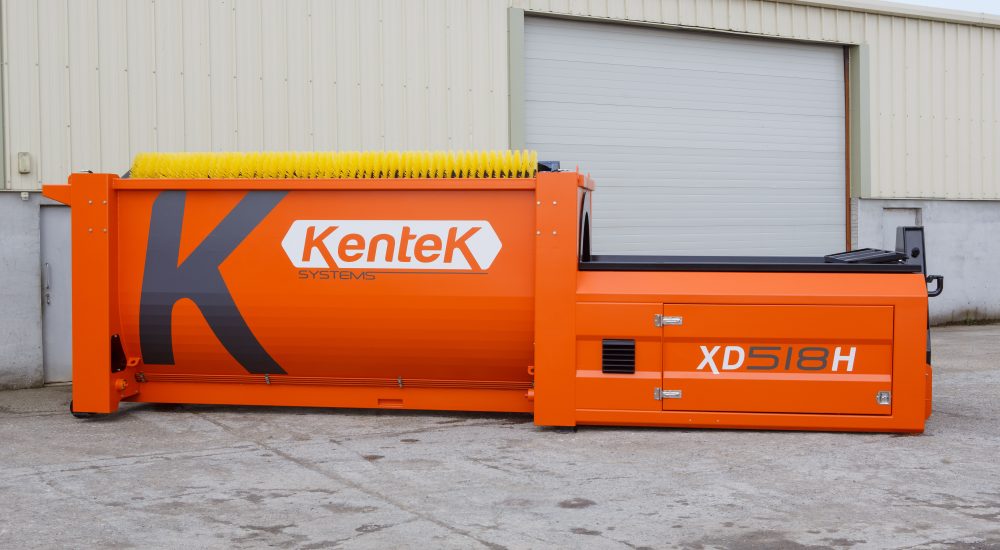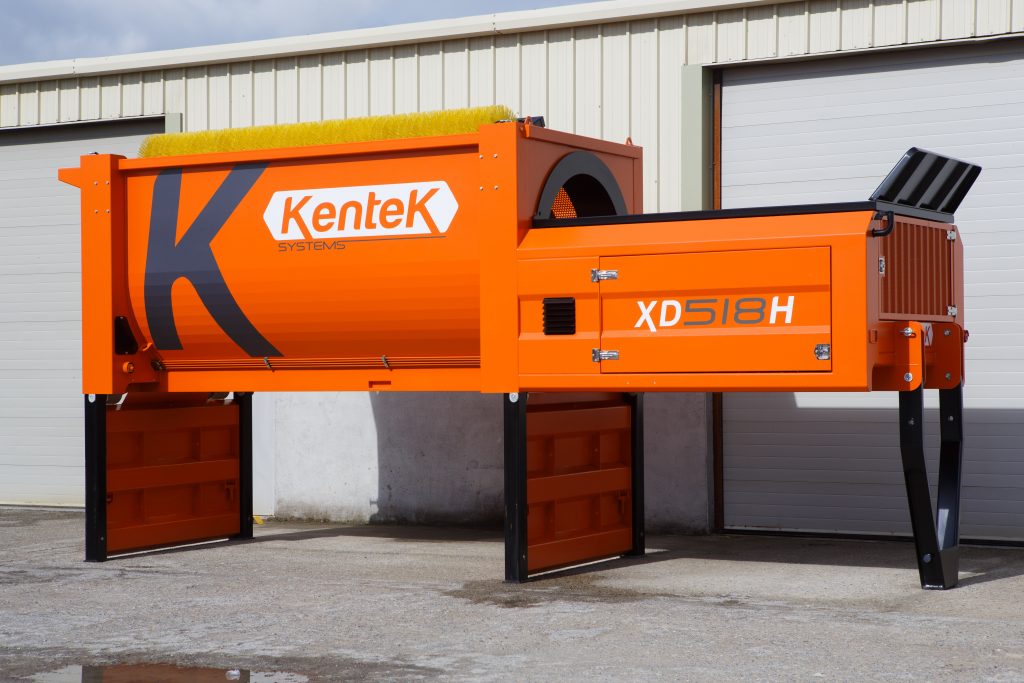In general what type of trommel screen one chooses can be decided naturally for the operator, as maybe there is not enough electricity power on the site, or the machine has to be moved around a few times. It is a question owners ask all the time and debate over and over until being directed in one way or the other. One expects that a stationary trommel will have electric power, but some manufacturers such as Kentek Systems produce a semi mobile trommel screen with a diesel engine.
So how and why does one choose one or the other? If in this example the operator does not have to integrate the trommel into a system, then one can choose which is the right machine according to technical and operating attributes. The fully mobile trommel screen, is fully mobile on wheels or tracks and may have two stockpile conveyor belts on the chassis allowing one to have two or three stockpiles of materials. Usually the mobile machine needs to be under a certain weight, height and width… so as to permit it to be transported in certain countries. This has a disadvantage as the size of the conveyor belts are restricted. The fully mobile machine will have a hopper on board and a direct feed system to the trommel drum. In many cases, one can either change the drum or the panels in the trommel drum allowing greater and quicker changing times than the stationary machine. This is obviously determined by the manufacturer.
Choosing a static trommel is normally more complicated even for a simple process as one has to have a standalone hopper and belt feeder to the trommel. In addition walls are required and usually a reliable power supply. A concrete base to set up the machinery and allow for static and dynamic loading from the trommel screen, is normally designed especially for the set up. One of the main determining factors, is usually, what size of trommel screen drum do I need for my application. Most manufactures producing mobile trommel screens are alomost restricted to a maximum trommel drum length of 8m-9m (26’-30’) by road transport laws. If a bigger drum is necessary, then the choice is clear and one has to choose a stationary trommel screen. Another major deciding factor is operating costs? If one has many belts, collection belts, stockpiling belts, then maintenance, cleaning, and operating and replacement costs of all the wear parts will need to be considered.
Fortunately the Kentek XD518 semi mobile trommel screen has only one belt that is the feeder hopper belt. The machine can be mounted static or left semi mobile with de mountable bay walls as shown in the photo. The Kentek Trommel screen can also be supplied with standard diesel engine or and electric motor.
When one has to choose which type of trommel screen to purchase, then overall life cycle costs must be on top of the criteria list before choosing ‘the right machine for the right application’


